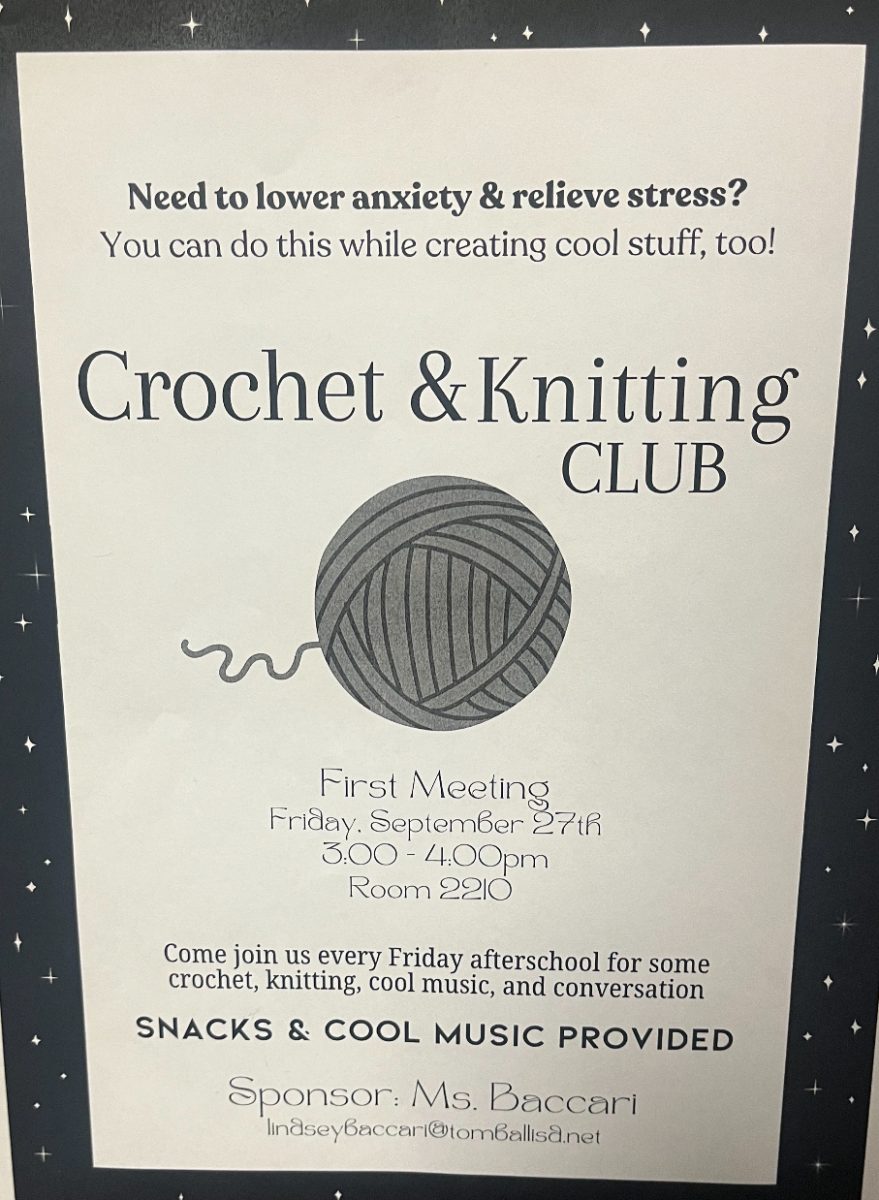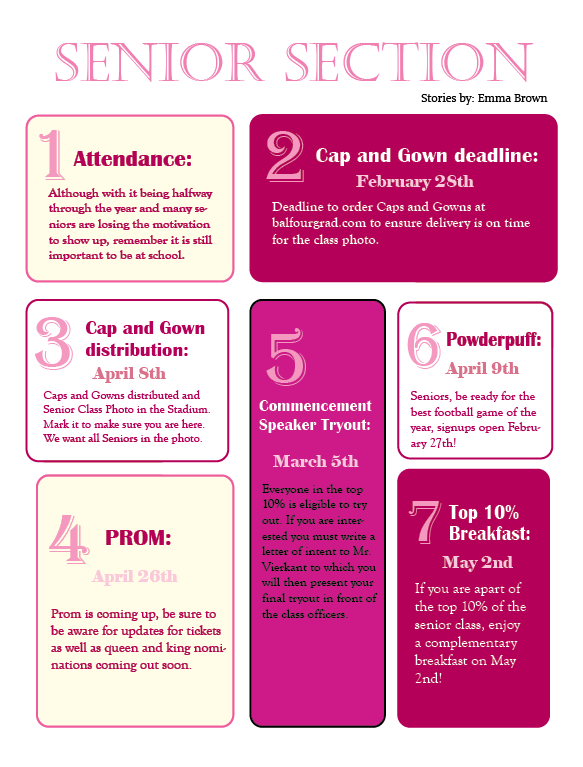
Imagine you’re driving after you just got your license. It’s dark and no one is out. The speed limit is 45, but you decide it’s okay to go around 60. It’s a straight flight. Your foot gently increases the pressure on the gas pedal. The thrill becomes an immediate transaction of adrenaline. Your foot becomes heavy, and you allow it to.
When the teen brain endures this type of experience – the type that keeps them from doing something they’ll regret, but their limbs keep moving, eyes keep still and their mind suddenly becomes outside themselves – they are enduring a whole process in the frontal cortex that seems obsolete since the crisp air seems like a better solution than being logical. This process is part of the unique, oftentimes “crazy” teen brain.
Decisions are made in the frontal cortex, which is the outer layer of gray matter, where lots of conscious and complicated thinking happens. During adolescence, the brain is barely able to access the front of the cerebral cortex.
“It’s not that they don’t have a frontal lobe- and they can use it. But they’re going to access it more slowly.” said Frances Jensen, a Harvard expert on epilepsy.
This region of the brain supplies good decision-making abilities and enables someone to behave “appropriately,” have a sense of self awareness, the ability to handle social interactions and capability to understand people.
Gray matter becomes more efficient and stronger during a process called synaptic pruning which was explained by neuroscientist Sarah-Jayne Blakemore as a process that’s a lot like clipping a rose bush.
If the dendrites aren’t used, they soon wither away and the other ones become stronger, much like clipping a few dead roses to make the useful ones stronger. Dendrites are these branch-like extensions that start to become thinner. Neurons use these to receive signals from axons.
The dendrites and axons communicate and work with each other through the
chemical paths synapses creates and when they do they become stronger.
This is important because when you’re a teenager “it’s more about building and sculpting an environment that whatever type of thinking the person has practiced can sustain” according to Melissa Moritz, Tomball’s anatomy teacher. During adolescence you can only build and in adulthood you can only sustain.
In the last ten years or so, more extensive research has been done on the teen brain. Former beliefs showed that the teen brain was thought to be completely developed at a young age and that it was the same as an adult’s, just with less experience and skills as to how to use it correctly.
MRI technology has advanced so that scientists are now able to look deeper into the inner workings of the human brain.
Even court systems have acknowledged that teen’s brains are wired differently and can’t be prosecuted for the same things adults do because they are in a different stage of maturity than adults.
Even though wisdom is something that doesn’t reside in the adolescent brain until about the age of twenty-five, there is no denying that some teens are just more aware of not only their surroundings or circumstances, but themselves as people.
This does not mean to imply that the straight-A student does not make mistakes. All young people will make mistakes.
Actually, the capacity to make mistakes could be considered as a superpower of sorts for the teenage brain. The teen’s agile brain has the power to mute out that voice that says “I don’t think this is possible, I don’t think I can do this.”
Teens are also able to absorb more than adults. When they want to accomplish something, they consider themselves invincible.
Quite literally in some ways, a teen’s ability to comprehend new material is highly sensitive and the way they respond to different atmospheres is almost at its maximum.
“We’re more outgoing, we put different priorities first and have a more fun-oriented agenda than adults, but some of us are aware of our choices and the impact and are able to use that fun-oriented theme in life decisions- which can be beneficial,” said sophomore Mark Taylor.
Teens control what they want to take from what they see. They decide what they want to listen to and they decide how they want to feel. The fact that this will happen for the rest of their lives is true, but they are able to absorb what they learn faster and use what they learn as building blocks for who they will become at a faster rate.
Basically, teens are less likely to make the best decisions because their brains aren’t developed enough to think through the consequences of their behavior.
But there is also a dramatic change with the connections of the brain pathways at this age. Myelin is developed around the brain’s nerves cells, a fatty substance that coats the neurons which makes them faster and more responsive.
When you’re a teenager, the layer of myelin starts to become thicker, allowing the brain to build pathways so the cells are able to communicate better.
What this means is teens are a hundred times more sensitive to new things than ever before.
Think of this as little people running around as fast as they can, catching each other in mid-sentence, squeezing past each other as they regurgitate the events of their day in little meaningful whispers. That’s a teen’s brain.















